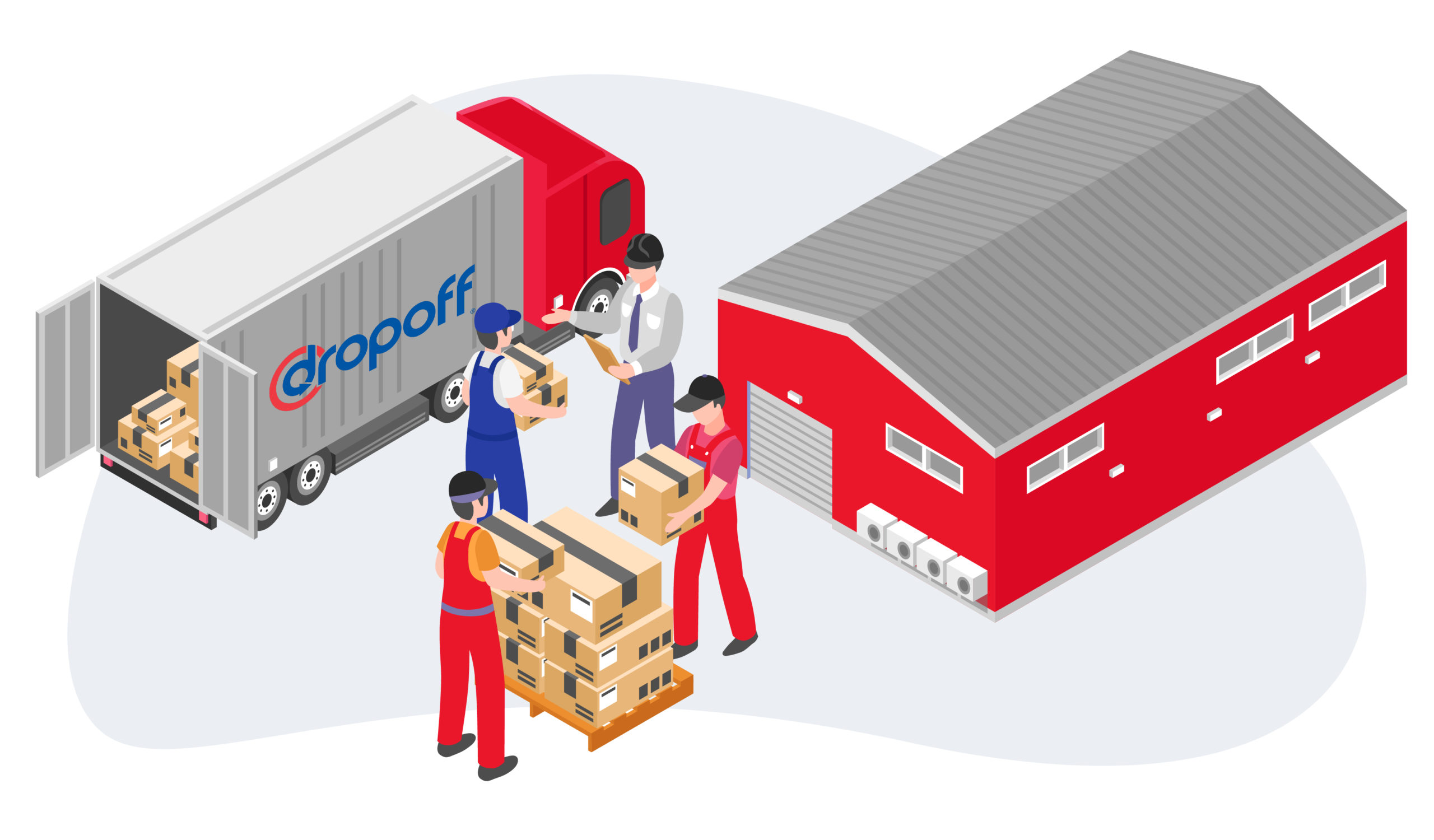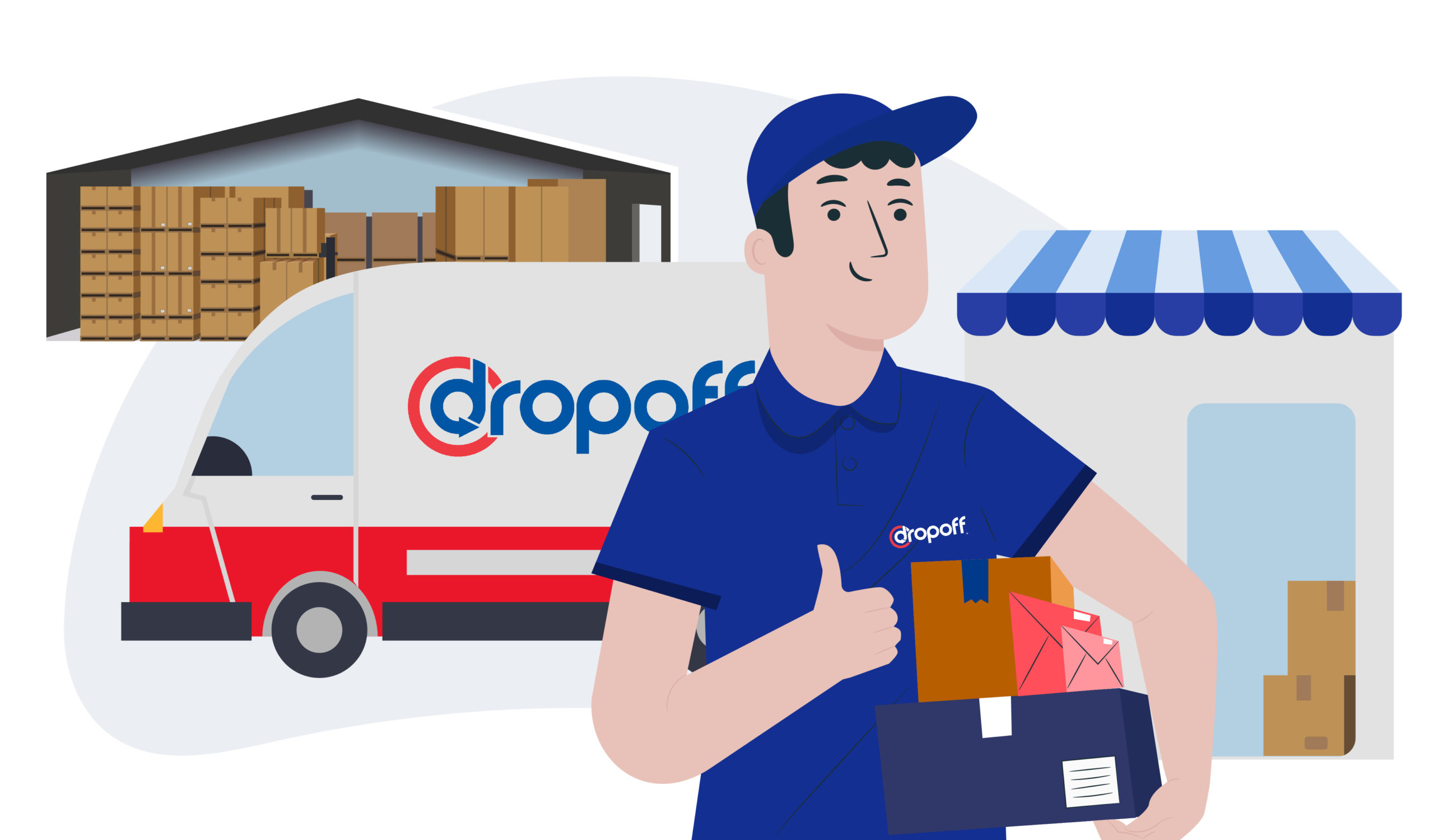The Ultimate Guide to Logistics Optimization
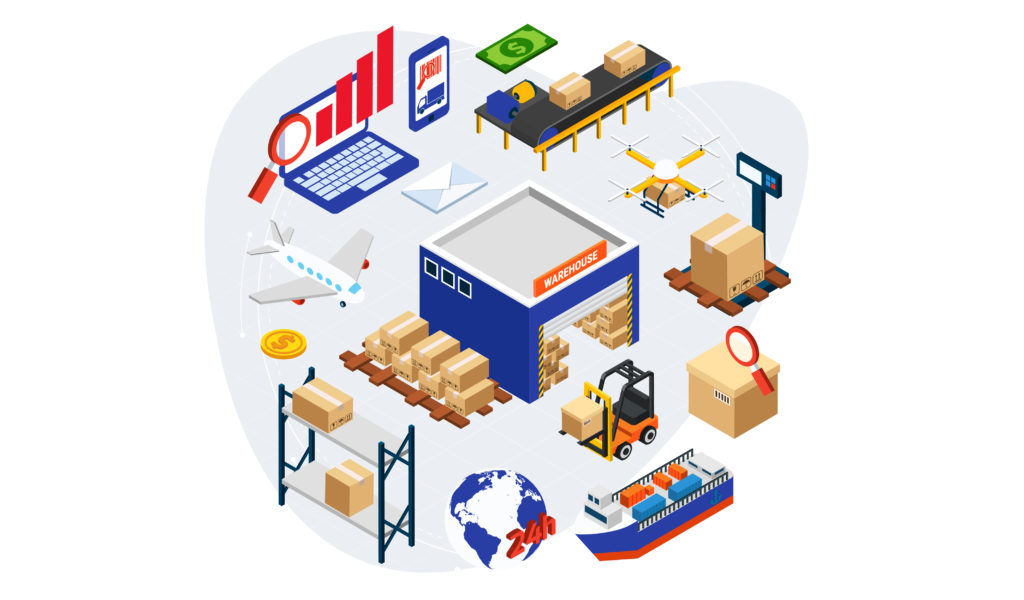
Logistics is a complex and challenging process, especially when it comes to implementing logistics optimization for greater efficiency. There are many factors to consider, and making even small changes can have a big impact on the bottom line.
In this guide, we will discuss the basics of logistics optimization and how you can apply it to your own business. Therefore, whether you’re just getting started or you’re looking for ways to improve your existing system, read on for everything you need to know about logistics optimization!
What Is Logistics Optimization?
Put simply: logistics optimization is making sure that orders are delivered on time in full (OTIF). This is done by having streamlined logistics and distribution.
Why Is Logistics Optimization Important?
Here are the following benefits of logistics network optimization:
- Cost reduction
- Higher revenues and profitability
- Improved logistics performance
- Improved logistics collaboration
- Integrated logistics management
- Improved quality
- Enhanced logistics planning
Stages of Logistics Optimization

1. Define the Optimization Goal
You need to have a goal in mind when optimizing something. Different companies have different priorities.
What are your high-level goals? Do you want to meet or anticipate customer needs? Do you need to grow? Are you trying to minimize operating costs or reduce capital requirements?
2. Study the Current Logistics Performance Data
To study a logistics network, you need to have data for at least 12 to 18 months. This data includes costs, volumes, and operations. Finding all this data can be a long and difficult process.
3. Set Up Logistics Metrics & KPIs
There are a few key things to consider when managing a company’s logistics. This includes how to create a unique customer experience and getting feedback from customers.
Organizations in the middle stage should focus on customer satisfaction (Mobisoft, 2019), getting business recognition, and monthly revenue. Established organizations should focus on keeping customers and how to optimize logistics costs.
Businesses use logistics KPIs to measure how goods flow through their company. They use this information to identify areas where improvement is needed.
Here are our top logistics KPIs to track deliveries:
- Average Delivery Time – This metric measures how long it takes your drivers to complete a delivery, on average.
- On-Time Delivery Rate – This tells you how often your deliveries are on time.
- Order Accuracy – This metric tells you how often your drivers are able to deliver the order to the customer on the first try.
- Safety Ratings – This will tell you how often your drivers have accidents or incidents.
- Customer Complaints & Returns – This will help you understand how often your customers are unhappy with the service you provide.
- Vehicle Capacity Usage – This will help you figure out how often your vehicles are full and if you have enough vehicles.
- Costs Per Delivery – This will help you understand how much it costs to deliver each package.
- Average Number of Stops – This will help you understand how many deliveries each of your drivers is making.
- Driver Idle Time – This tells you the amount of time that your drivers spend not working.
- Monthly Vehicle Maintenance Costs – If you don’t maintain your vehicles, they will need more repairs and this will cost you money.
- Planned Mileage vs. Actual Mileage – Planned mileage is the number of miles you plan to drive in a day, week, or month. Actual mileage is how many miles you actually drove.
4. Understand the Gaps in KPI Analytics
The logistics industry produces a lot of data every day. This data comes from things like warehousing, orders, transportation, and picking and packing. Companies that use analytics to improve their performance will be the ones that do well in the long run.
In relation to our top logistics metrics and KPIs used to track deliveries, here are more in-depth explanations of what different KPI analytics mean.
On-time delivery
This tells you how many of your deliveries are made on time. You can calculate this by counting the number of late deliveries and comparing it to the total number of deliveries.
If there is a lot of time between when the customer orders and when the order is shipped, then that might mean that something is wrong with the process and needs to be fixed.
Perfect order rate
This rate measures how many orders are processed, shipped, and delivered without any problems.
The higher this rate is, the better it is for your business.
Picking accuracy
This metric is used to track the percentage of correct orders from the total number of orders. This is calculated by subtracting the number of returns due to wrong items from the total number of orders.
This metric affects customer satisfaction because it ensures customers will receive the correct item from their order.
Average time delivery
This is the time it takes for an order to be shipped and delivered to the customer. After you figure out the average delivery time from your warehouse to different places, you should try to make it faster whenever possible.
For example, you could offer special delivery services. But the most important thing is to make sure that the delivery time is precise.
5. Implement Customer Feedback
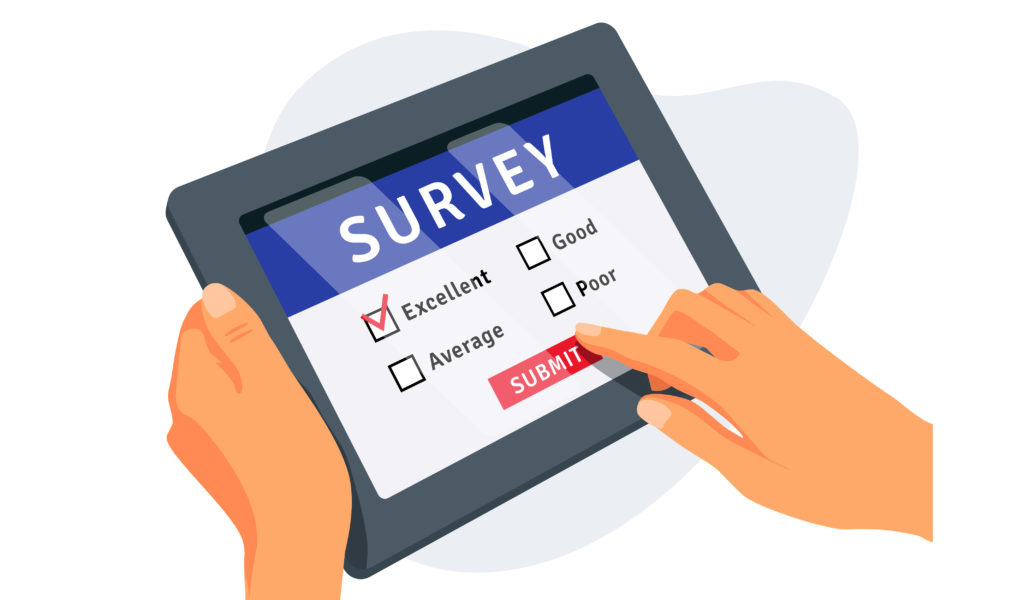
Put the customer first
In a customer-driven industry, it is important to focus on meeting the needs of your customers. Every interaction with a customer is an opportunity to improve their experience and set yourself apart from your competition.
Pick the right logistics model
Running a business that is changing quickly and expanding globally can get complicated and expensive quickly. Third-party logistics, outsourced distribution, and global partnerships can help OEMs simplify and streamline their logistics while saving both effort and budget for strategic initiatives.
Provide real-time visibility
Your customers expect to be kept informed. The most successful companies are the ones that use modern processes to keep customers informed. This includes providing automated ETA calculations, regular order status updates, actionable insights, and deep metrics. These are only a few of the must-have features in a last-mile delivery solution.
6. Set Up the Ideal Logistics Flow
Ideally, these are the 5 key stages of logistics optimization.
Storage, Warehousing, and Materials Handling
It is important for manufacturers to have a steady stream of products to supply because it helps them operate more efficiently. However, at the same time, customers usually don’t demand goods as rapidly as manufacturers supply them.
There is often a difference between the number of goods that are produced and the number of goods that are in demand. When this happens, the extra goods are stored until people want them.
In order to store products in a warehouse, you need specialist storage equipment such as shelves or racks and material handling equipment to move them around the warehouse and load and unload delivery vehicles. Check out our guide on everything you need to know about manufacturing logistics.
Packaging and Unitization
One important aspect of logistics is taking care of a product. Packaging is an essential part of that. Unitization is also important because it helps with storage and transportation.
Inventory
Inventory is what controls the flow of goods coming in and out of a warehouse. It is not an exact science, but it can help manage the flow of goods through the supply chain. This is important because demand for products can vary a lot.
Transport
Goods wouldn’t be able to move from one stage of production to the next without transport. Transport logistics is the process of organizing and optimizing shipments. This means that road vehicles, freight trains, cargo shipping, and air transport are all important for getting things done within a supply chain.
Information and Control
To work properly, all the elements of a business need information and control. For example, inventory needs information to know what to order and how much. Order levels help decide when to pick and pack orders. This helps with organizing transport.
Information and control play an important role in designing information systems that can control how things are done. Further, they also help forecast how much demand there will be for things and how much inventory is needed.
7. Coordinate with Channel Partners
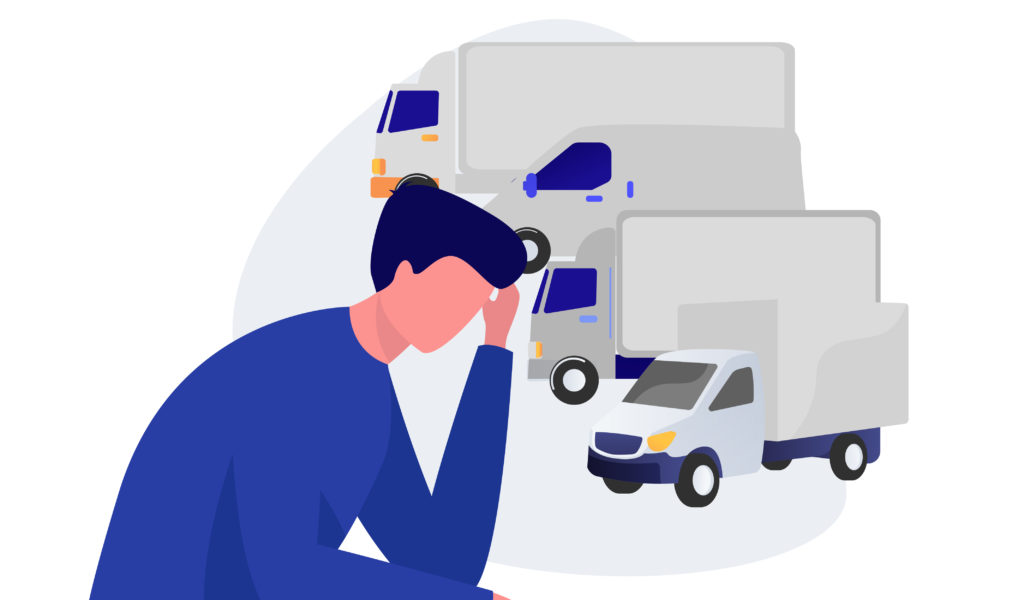
Own Software, Own Fleet
If you manage your fleet in-house the right way, there are some advantages. But many fleets fail because they don’t plan well and they don’t document their plans. Hence, companies should consider how to manage their logistics efficiently.
First, you should know what your assets are. This includes listing each vehicle and how you can replace them if needed. This will help you create a plan for what to do if something happens to one of your vehicles.
Second, being able to report on your fleet’s performance and find where you did well and where you can do better is important for a fleet.
Another thing to note is creating your own cloud-based fleet management software can help make your processes more efficient. It also creates a database of information about your fleet that you can use in the future. This is one of the many current logistics innovations and industry trends.
When you use fleet management software, you can see all of your fleet’s information on one screen. As a result, you can also integrate other technology solutions like telematics devices and other third-party services to get even more information.
External Software, Own Fleet
A fleet management system can help you by giving you access to data about all the vehicles in your fleet. This software will help to reduce costs and make it easier for you to manage your fleet.
When choosing a fleet management and logistics optimization software, make sure that it has the features your business needs.
For starters, ask how often their GPS trackers update with your vehicle’s location and whether they offer real-time vehicle location tracking.
Next, make sure to ask any vendors you are considering if they can help you stay compliant with HOS regulations. These regulations limit the number of hours a driver can be on the road before taking a break.
At Dropoff, we have an API that allows companies to easily add delivery to their online ordering system. Our custom-built app also enables companies to manage their own staff on our platform.
Overall, look for a fleet management solution that understands your needs and makes your job easier.
External Software, External Fleet
When you decide to outsource your fleet management, it means that you can use your money and people in a more productive way. You don’t have to spend time on activities that are not related to your business. In addition, a logistics processor would handle most logistics processes for you.
Some companies might feel pressure to lower their budget. Therefore, they might outsource it to a partner who has a lot of experience and can help them grow quickly. You should see it as a partnership.
Outsourcing fleet management and maintenance will help the company run more efficiently in a number of ways. First, it will depend on having good maintenance management.
In addition, through outsourcing, your fleet operation will see:
- Higher cash flow
- Increased productivity
- Heightened fleet availability
How Dropoff Can Help
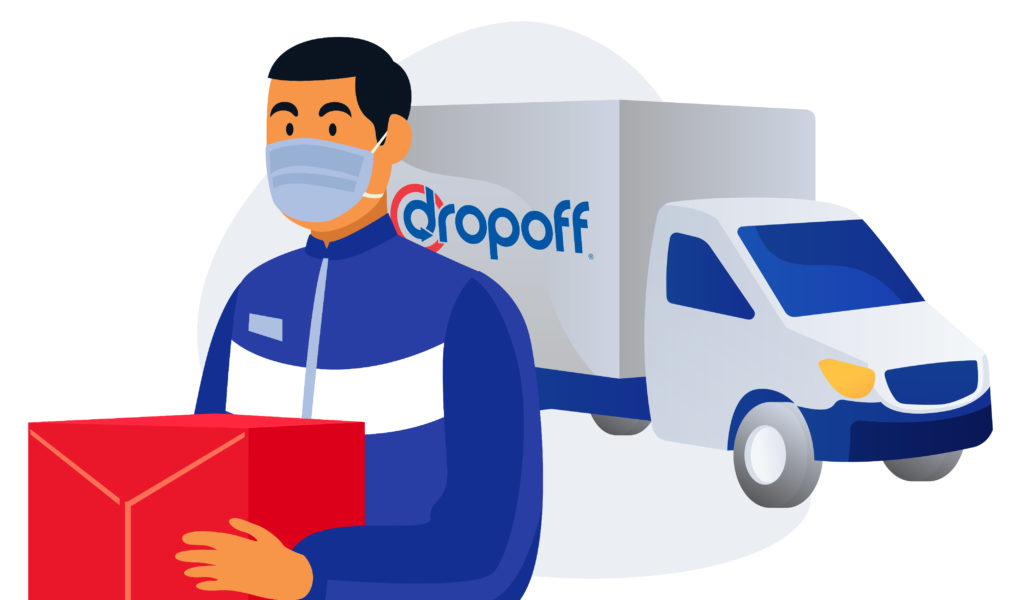
Each industry we serve has unique requirements. That’s why Dropoff offers custom logistics to fit the needs of your business, even as they evolve.
Owning and operating a fleet of trucks can be costly, time-consuming, and unreliable. Managing couriers alone is an expensive undertaking, not to mention the cost of the insurance required to cover accidents.
We’ve made scheduling a delivery easy with our online portal, available from any device at any time, always with accurate estimated delivery times.
With our cutting-edge technology and same-day delivery services, we know that each industry has different requirements and we can tailor courier services to match your industry’s demands. Our technology includes a way to schedule and track everything, as well as an API that lets you connect with other programs, and mobile apps that make it easy to keep track of what’s going on no matter where you are.
Bottom Line
Overall, you can rest easy knowing your deliveries are in good hands, where you can access real-time tracking and excellent customer service. We are constantly evolving with the industry changes to accommodate the logistics needs of our customers.
At Dropoff, our experts take on these burdens for you, providing you with responsive, flexible service so you can focus on what matters most for your business. Talk to one of our experts to learn more about our services.

